It's safe to say that most people don't look forward to doing chores, but this is especially true for people with COPD. Household tasks are unpleasant enough on their own, but they are much worse when you have to do them while struggling to breathe.
Having COPD means your lungs have to work harder all the time to supply enough oxygen for your body's needs. That means they have to work especially hard when you do physically demanding activities, such as many household chores.
If you're not careful, doing chores around the house can make you feel extremely breathless and fatigued. That's why many COPD patients dread doing housework or avoid doing it altogether.
Unfortunately, household chores are a fact of life and something that everyone has to deal with at some point or another. If you have COPD, it's particularly important to keep your home clean and maintain a healthy environment that promotes healthy living.
However, you shouldn't have to sink all of your energy into housework, especially when there's so many other things in life to do and enjoy. You also don't want to risk worsening your symptoms by over-exerting yourself when you clean.
Instead, you can use simple, practical strategies to make many of your household responsibilities easier to do. You can find a variety of new ways to approach daily chores that can reduce the effort and energy you have to expend.
By strategizing, simplifying, and learning to control your breathing, you can make any kind of housework more COPD-friendly. In this post, we're going to help you get started by showing you a multitude of useful tips and techniques you can use to complete housework with COPD.
In the next sections, we're going to give you general tips and advice for managing your symptoms while you do household chores. We'll also take a look at a variety of specific techniques you can use to simplify tasks and approach your chores in new, more efficient way.
We'll show you how to pace yourself as you clean and make your household responsibilities feel less overwhelming. We'll even give you specific, practical tips you can use right away to make tasks like cooking, doing laundry, and vacuuming easier to do.
In This Article:
- Techniques for Conserving Energy While You Do Household Chores
- General Cleaning Strategies for People With COPD
- Targeted Techniques For Completing A Variety of Chores With COPD
- Doing Laundry
- Dusting and Cleaning Surfaces
- Cleaning the Floors
- Doing Dishes
- Cooking
- Gardening and Yard Work
- Personal Tasks Like Grooming, Showering, and Getting Dressed
If you have COPD, then you have every reason to find ways that you can work smarter instead of harder. By minimizing the toll that household tasks take on your body and ability to breathe, you'll have more energy to invest in other things that matter in your life.
Practical Techniques for Saving Energy When You Do Household Chores
The main symptoms of COPD that get in the way of doing chores are breathlessness and fatigue. Even simple tasks like dusting or doing dishes can make you feel exhausted, especially if you have advanced COPD.
If you don't plan carefully and do too much at once, housework can sap up all the energy you have for the day. And if you have COPD, then you know that your energy is precious and limited, and you should conserve it as much as you can.
In the next sections we're going to share some useful tips for scheduling and pacing your household responsibilities in a way that reduces the energy you have to expend. You'll be surprised at how much of a difference some deliberate planning and organization can do for your energy as well as your peace of mind.
Pacing Yourself is Key
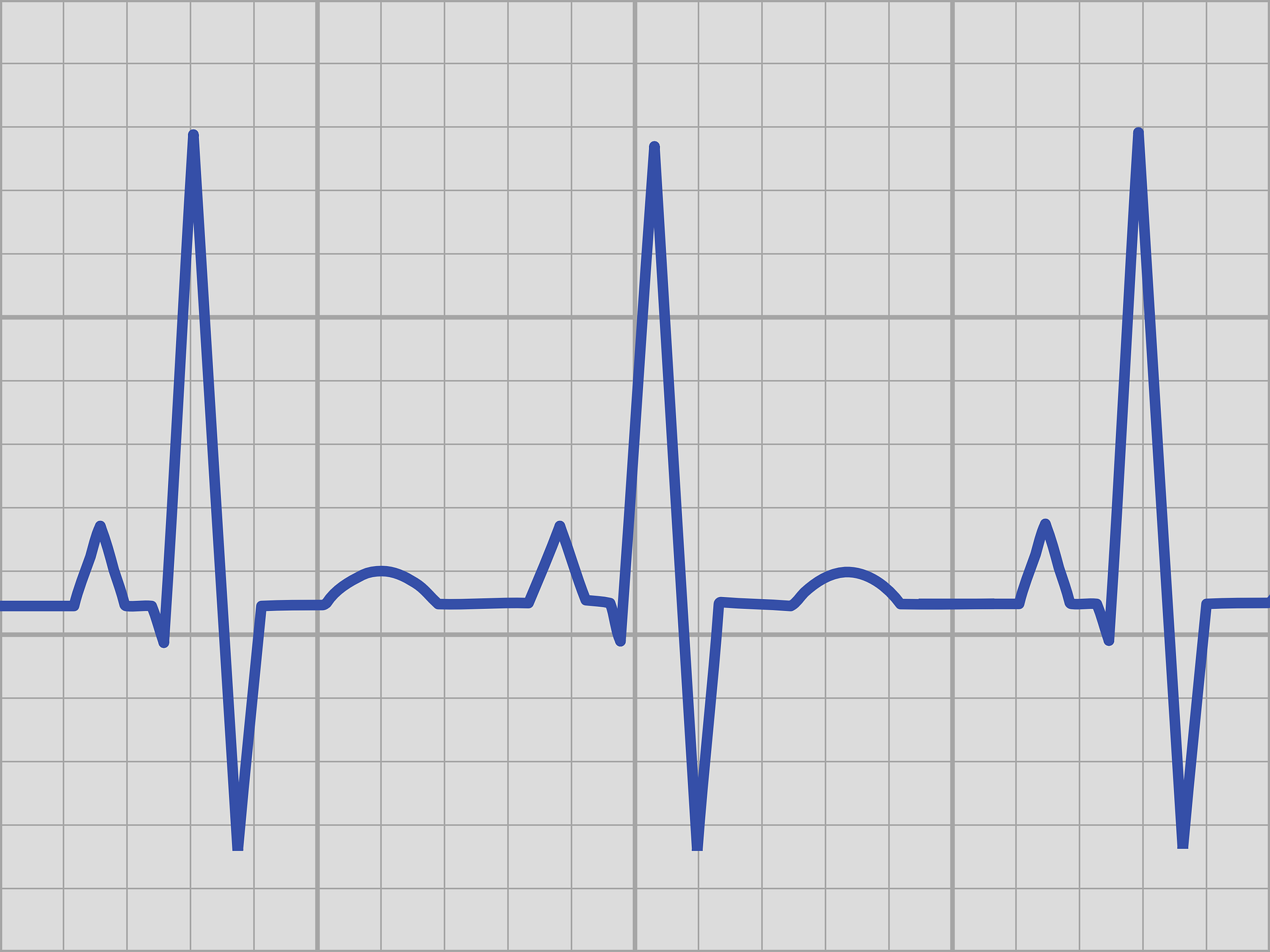
Many people with COPD struggle with reduced energy and endurance. This makes it difficult to stay active for long or do physically demanding chores.
That's why it's important to pace yourself and spread your household chores throughout the day. If you try to do too much at once, you'll end up tired and short of breath, or find that you don't have enough energy to finish your tasks.
Break Tasks Down Into Manageable Chunks

The first part of pacing yourself is figuring out how to split up household responsibilities into manageable chunks. That requires planning ahead so you you can fit everything into your schedule without letting chores pile up.
You can start by planning the most physically demanding chores for times when you know that you tend to have the most energy. Prioritize the tasks that are most important first, and get them out of the way before you end up too tired to follow through.
Your plan should be flexible, however, because you can't always know how you'll feel on any given day when it comes. It's an unfortunate, yet unavoidable, reality that there will be times when you feel too sick or run down to take care of chores.
If your list of chores for the day is too long, you might need to pare it down to avoid exerting yourself too much. After all, overexerting yourself today just means that you'll have even less energy tomorrow to take care of the things that need to be done.
If you don't feel well or have too much on your plate, don't be afraid to eliminate tasks on your list. Instead, delegate them to someone else or plan to do them a different day.
It helps to plan the most difficult tasks for days when you have fewer things to do or more time to spread the steps out throughout the day. It may also help to plan in a “sick day” or two so it's easier to take a day off when yo need u to.
You'll find that one of the best things about having a plan is that it makes managing daily life much less stressful and overwhelming. You'll spend less time worrying about how and when you'll get everything done and more time actually doing things.
Conserve Your Energy

The second part of pacing yourself is taking things slowly so you can keep your energy levels high. If you try to rush or work too quickly, you'll just make yourself fatigued and short of breath.
Move at whatever pace feels most comfortable to you and don't push yourself too hard. Remember that you're in it for the long haul; even if you are feeling good, there's no use in tiring yourself out all at once.
When you move at a slower pace, you can also more easily control your breathing and pay more attention to how your body feels. That allows you to better keep your COPD symptoms under control and recognize when you need take a break or sit down.
When you move slowly, it allows you to chose your movements more deliberately and avoid wasting energy unnecessarily. With some practice, you'll find that your endurance improves when you move at a slower, more steady pace.
{{cta('fa8abc2a-1e88-4fa3-82fd-1cb5b9ed43b2','justifycenter')}}
Take Frequent Breaks

Finally, another vital part of pacing yourself is knowing when it's time to stop. Recognizing when you need to take a break or slow down will ensure that you have enough energy to make it through all the tasks on your list.
With COPD, it's often best to treat physically tiring tasks as a marathon, not a sprint. Plan on taking it slow, pausing for breaks, and giving yourself plenty of time to rest in-between tiring tasks.
You will know that it's time to slow down when you start to feel breathless, fatigued, or notice other COPD symptoms start to act up. When this happens, take as long as you need to sit down, rest, and get your breathing back under control.
You may also need to take a break from your chores and other responsibilities when you experience a symptom flare up or exacerbation. On days you don't feel well, don't be afraid to take the day off or ask for help from family and friends.
Schedule Tasks With Purpose
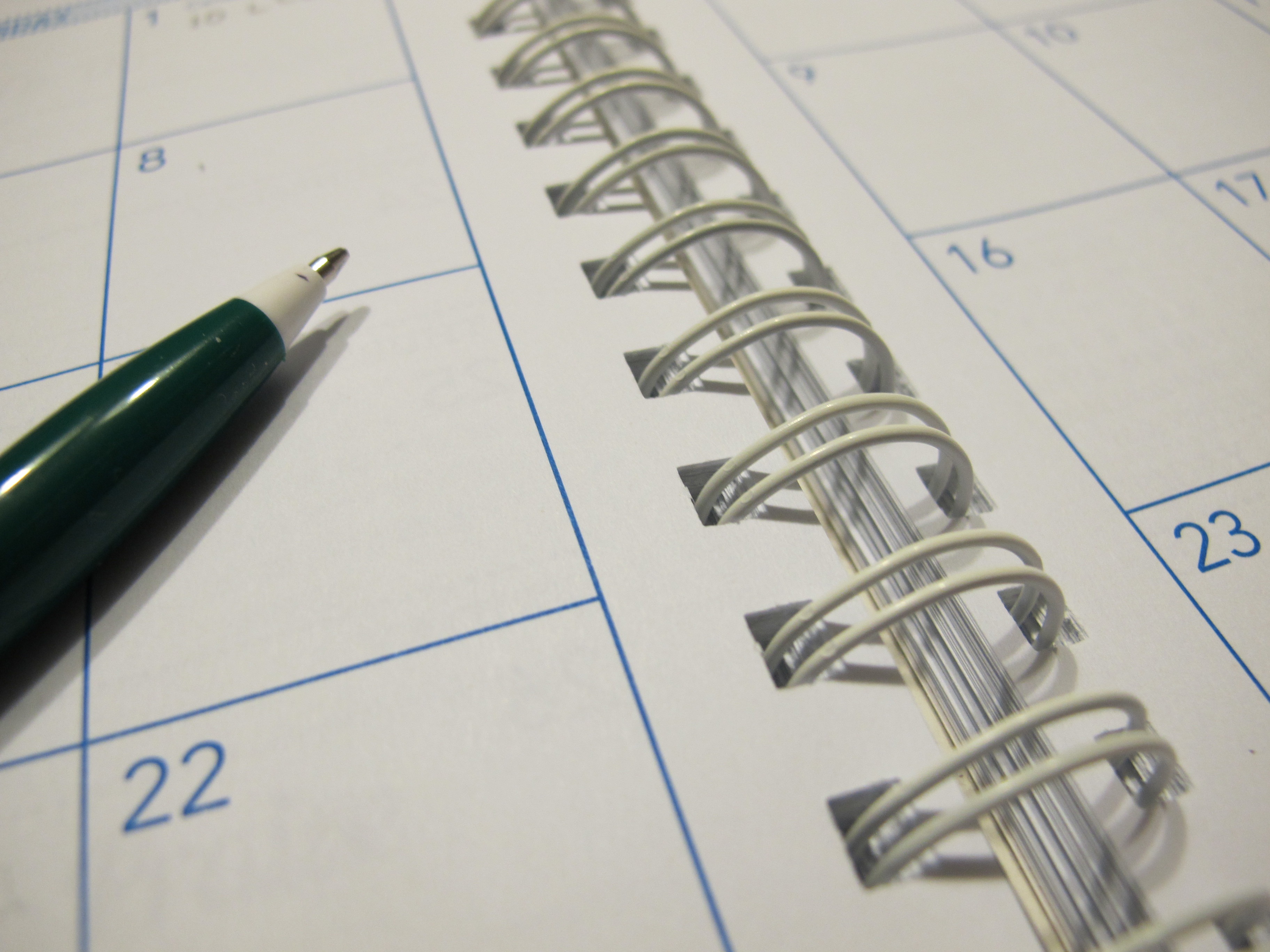
If you want to make your household chores more manageable you need to plan your course of attack. This allows you to identify the easiest and quickest way to get everything done.
Start by making a list of all the household tasks and chores you need to do for the day. Whether big or small, write them down so that you can consider them all together, side by side.
This will help you identify tasks that are best paired together and decide how to prioritize each responsibility. Then, you can put together a plan for how you will approach each task throughout the day.
For example, try to plan chores that you do in the same room or area back-to-back, that way you can get them done more efficiently. For example, if you need to clean the kitchen floor and wipe down the kitchen counters, plan to do both tasks in one go.
This allows you to get your supplies out and carry them to the kitchen just once, instead of twice. By pairing relevant tasks in this way, you'll do less moving about and running around from room to room.
You should also take a moment to think about your route through your home as you move from one task to another. This will allow you to identify opportunities to combine multiple small tasks into one.
One way to do this is to think about whether there are any items around that you should take with you whenever you head out of a room. For instance, if you are heading downstairs to clean the kitchen, you might bring some laundry along to throw into your washing machine on the way.
By taking a more calculated approach, you can eliminate a lot of unnecessary work and inefficiencies from your daily routine. You just have to plan ahead, be precise with your actions, and always be looking for ways to streamline different tasks.
Identify Simple Solutions for Tiring Tasks

If you want to reduce the amount of energy you expend doing housework, you have to get into the simplifying mindset. That means paying attention to how you do your chores and eliminating as many difficult steps as possible.
But first, you need to take a moment to really think about which tasks tend to give you the most trouble. After all, you need to be able to wrap your head around the problem if you want to come up with a solution.
When you're going about your day, you might not realize exactly what is wearing you down, only that you feel breathless and fatigued by the time you're done. That's why you need to take time to reflect, step by step, on what sorts of tasks and actions are sapping your energy the most.
Start out by thinking about what kinds of chores you tend to want to avoid and why. Do you avoid them only because you don't enjoy them, or is it because they make you feel tired, or make it difficult to breathe?
Write down a list any chores you identify that leave you feeling fatigued or cause your COPD symptoms to act up more than usual. Then, think about what specific movements or actions make you feel sore, short of breath, or put extra strain on your body.
For example, if you always feel tired after doing laundry, try to pinpoint exactly what it is about doing laundry that makes it difficult. Do you have trouble bending over repeatedly to handle clothes, or do you get breathless carrying armfuls of clothes up and down the stairs?
Often, you can find a way to eliminate the difficult steps or set the task up in a way that makes those steps easier. For instance, if you find stooping over to retrieve things out of lower cabinets tiring, then simply moving those items up to higher shelves is a great and easy-to-implement solution.

Even if the solution seems obvious, it's easy to miss if you're not looking for it. Once you take the time to analyze your methods and explicitly identify the problem, simple answers often makes themselves clear.
If you take the time to think it through, you'll be pleasantly surprised at how many simple solutions you can come up with. Sometimes, all it takes is some thought and organization to make tiring household responsibilities significantly more manageable.
Control Your Breathing

You can help yourself breathe easier while doing chores if you take care to control your breathing while you work. You can do this by practicing COPD breathing exercises like diaphragmic and pursed lips breathing.
We'll go into more detail on how breathing exercises can help you complete chores later on in this article when we talk about specific cleaning tasks and tips. In those sections, we'll show you a variety of ways you can incorporate breathing techniques as you go through the steps to complete different chores.
You can also learn more about controlling your breathing in our more detailed guide, Breathing Techniques for COPD.
Practical Strategies for Completing Household Chores with COPD
Living with COPD requires coming up with many creative solutions to things that the disease makes difficult to do. However, once you make the necessary adjustments, you'll find that you can handle much more than you could before.
When COPD makes your life more complicated, the answer is often simple. By finding ways to use less energy and simplify difficult activities, you can tackle all kinds of household tasks with much more ease.
General Cleaning Tips
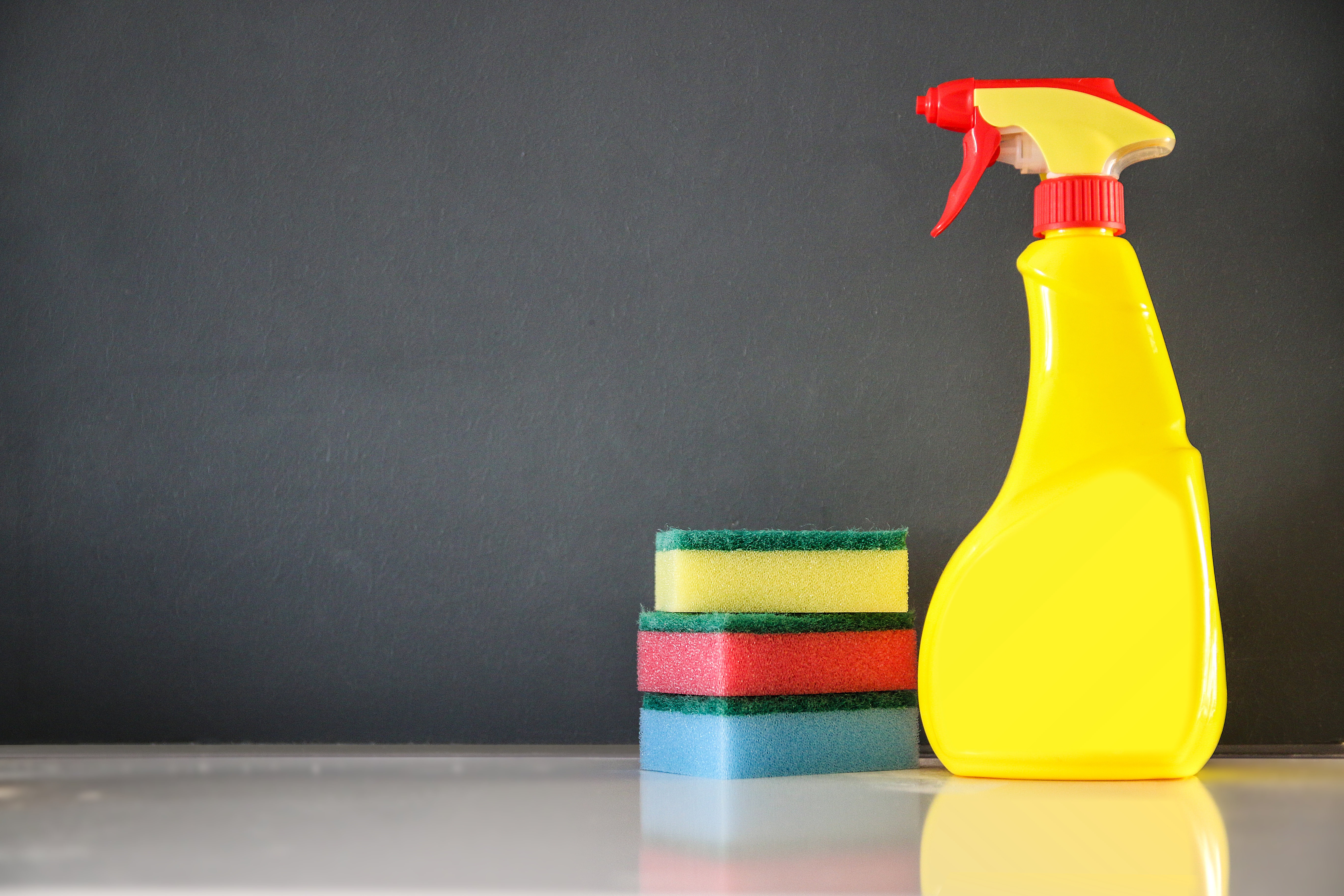
In these next sections, we're going to go through a variety of common household chores and give you specific, actionable solutions you can use to make them easier to do. We'll cover everything from dusting and vacuuming to sanitizing surfaces, doing laundry, and more.
But first, let's go over some general techniques that make tackling just about any cleaning task simpler. These tips will help you avoid unnecessary physical exertion and eliminate a variety of minor and major inconveniences.
Use a Pocketed Apron, Tote, or Cart
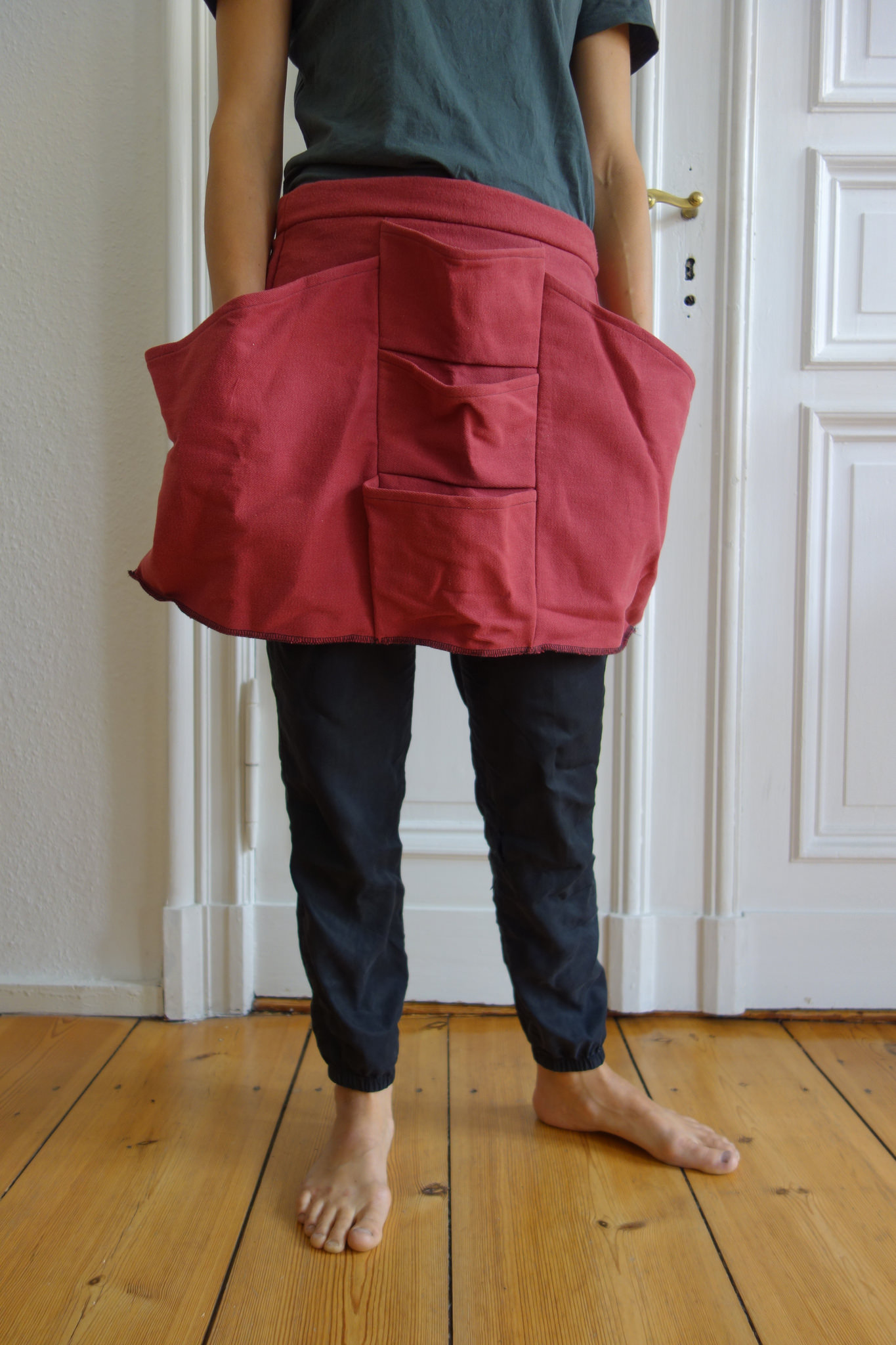 |
| Image by Plusea |
Pocketed aprons and rolling carts are indispensable tools that every person with COPD should own. They make all kinds of household tasks easier by allowing you to collect multiple items at once and carry them from place to place in your home more easily.
When you do chores, you can use your apron or cart to gather up all your cleaning supplies and transport them together. That way, you'll never have to take make more than one trip to your supply closet. They can also reduce the amount of bending and reaching you have to do by keeping all of your supplies within easy reach.
A pocketed apron allows you to carry a variety of cleaning tools right on your waist, that way you can keep your hands free while you work. However, it will also add extra weight to your body that you'll have to carry as you move around.
Using a rolling cart is often the best option for transporting multiple items without having to carry the weight yourself. However, carts are more pricey and sometimes less practical when you need to maneuver around stairs and narrow spaces.
If you live in a two story home, you could solve the stairs problem by getting a cart for each level in your house. You could also keep an over-the-shoulder bag or tote by the staircase to help you carry things up and down the stairs.
A handheld tote or tray can also be useful, although they can be heavy to lug around when loaded up. However, they are more useful than aprons for carrying items other than cleaning supplies when you do chores like organizing, picking up, and doing dishes.
Whichever tools you choose, you'll find that you can do tasks much quicker and easier when you don't have to make multiple trips from room to room. It saves time, reduces strain on your muscles, and reduces the total amount of walking you need to do.
Work in a Circle
You can also avoid unnecessary walking by making circular trips around the house. Compared to going back and forth from one room to another, it can significantly reduce the total distance you have to travel.
This is a particularly helpful method to use when you're picking up around the house and have a lot of various items to put away. As you go through each room, put away the items that belong there, and load up any items that belong elsewhere onto your cart. Then, simply deliver the items on your cart to the correct room when you pass it as you make your circle around the house.
Avoid Bending and Stooping

You should keep any items that you have to use often in the most convenient, easy-to-reach places. You shouldn't have to bend over or stoop down to reach tools and supplies you use every day.
For example, it's a good idea to store the cleaning supplies you use most often on shelves that are at waist level or higher. However, you shouldn't store them so high that you have to strain or climb up on a chair to reach them.
Place Stools Strategically Around Your Home
Sitting down while you work can help you conserve your energy and reduce shortness of breath. When you're doing household chores, tall stools are often the most practical seating choice.
High stools are easier to get up from because you can easily move from a seated to standing position without having to lift your body up far. You just have to slide off the edge and straighten yourself up, unlike pushing yourself up from a lower chair.
As you do your household chores, look for stationary tasks that are easy to do while sitting in one place. For example, chores like cooking, washing dishes, or folding laundry are often easy to do sitting down.
It's also nice to have a shorter stool on hand to help you do tasks that are low to the ground. It allows you to reach lower cabinets, shelves, and appliances like the dishwasher and dryer without having to bend over or stoop.

If you don't have any already, consider investing in a couple of stools to place in strategic places around the house. That way, you will always be able to find a seat nearby whenever you need it the most.
Some ideas for areas that could benefit from convenient seating include the kitchen, laundry room, bedroom, bathroom, and closet.
Specific Techniques for Completing Common Household Chores
While the tips we've discussed so far are great starting points for making chores less tiring in general, we still need to address how to do specific chores in a way that's easier with COPD. Luckily, we have a variety of targeted tips and techniques for tackling all kinds of common household tasks with ease.
In the next sections, we'll go into more detail on specific methods you can use to simplify everyday chores like cooking, yard work, and general cleaning tasks. No matter how severe your disease and symptoms, you can make household chores more manageable using some of the following practical tips and techniques.
Doing Laundry
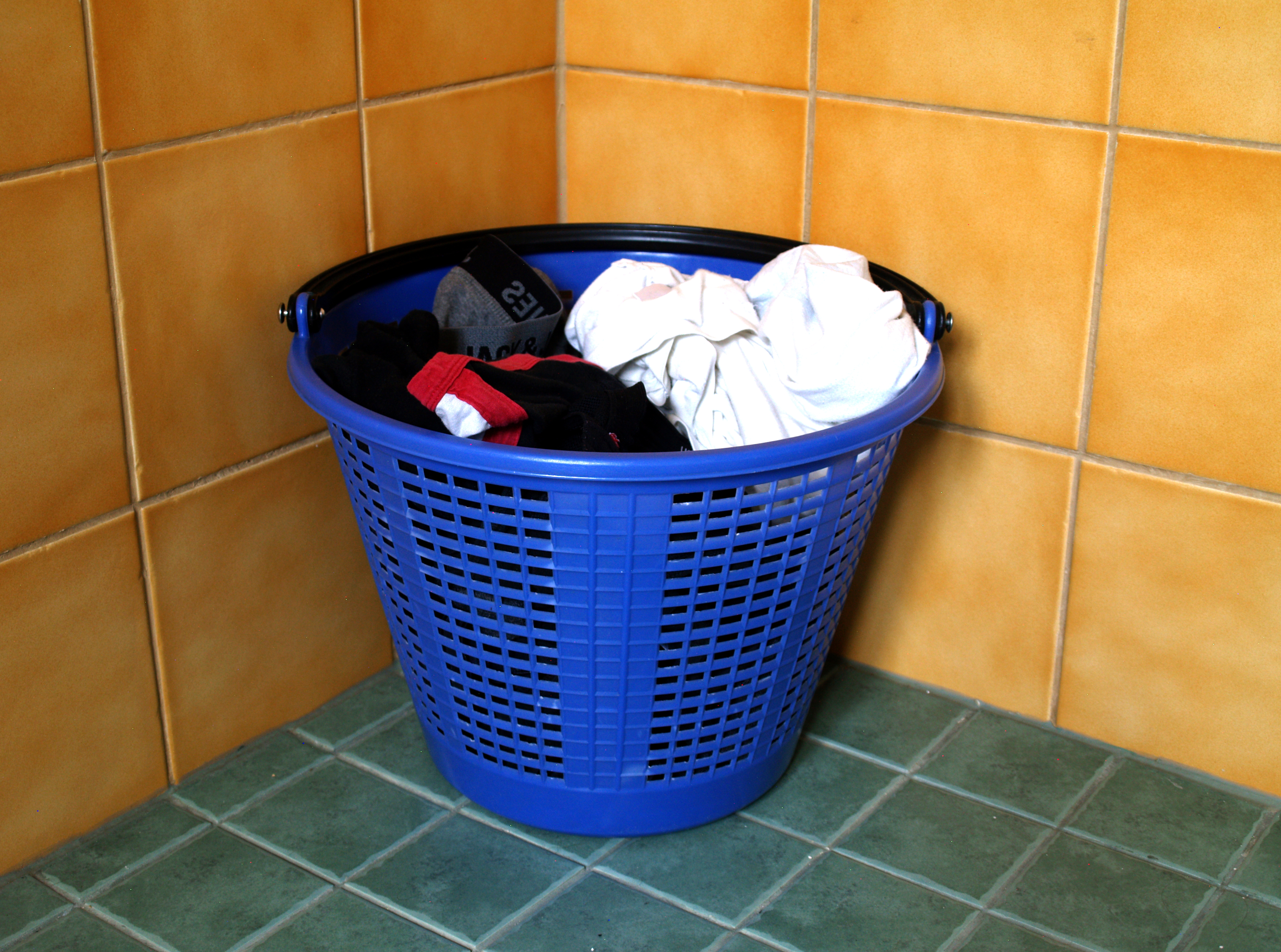
Although most people don't think of it this way, laundry can be a physically demanding task. It usually requires repeated bending, lifting, and walking to haul clean and dirty laundry around the house.
Luckily, there are several ways to reduce the physical demands of washing and putting away your clothes. You can do this by getting better tools and by changing the way that you go about handling laundry days.
Sit Whenever Possible
First of all, consider sitting on a stool while you fold your clothes and when you move them between your washer and dryer. A short stool is often best, because it prevents you from having to stoop down to retrieve your clothes.
When folding or sorting out your laundry, you can also move to a table or counter where you can sit more comfortably. It also helps if you do all your folding at once, that way you don't have to make as many trips back and forth from the laundry room.
Find a Better Laundry Basket
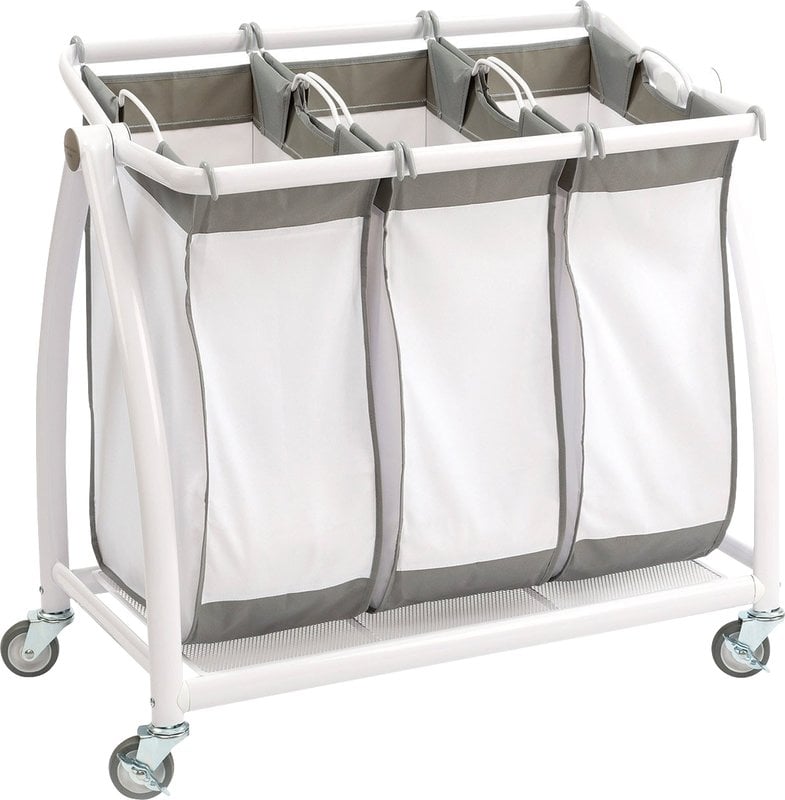
Traditional hand-held laundry baskets are unwieldy and difficult to carry around. If you have limited mobility, balance, or get short of breath easily, it can be very tiring to haul laundry baskets by hand.
Instead, consider getting a wheeled laundry basket so you can roll it from place to place. This makes it easier to walk by taking the weight off your hands and making it significantly easier balance.
A rolling basket may not enough, however, if you have to frequently carry your basket up and down flights of stairs. In that case, consider getting a fabric laundry basket or bag you can sling over your shoulder whenever you need to carry clothes up and down the stairs.
Don't Haul Too Many Clothes at Once

Piles of clothes can get heavy, especially damp or wet clothes out of the washer. If you struggle with the weight, lighten the load by putting a limit on how much you carry at once.
Instead of trying to haul an entire load of laundry across the house, try loading up just one small stack in your basket at a time. It means making more trips, but you might end up less worn out than you'd be hauling heavy baskets around.
You can also reduce the extra work by transporting small stacks of laundry as you do other things around the house. Just remember to grab some clean clothes whenever you pass the laundry room in the direction of where you need to deliver the items.
The same works for dirty clothes too; just try to remember to take an armful with you anytime you leave a room that has dirty clothes. Once you get the hang of it, you'll never again have to make a special trip across the house just for laundry.
Invest in a Front-Loading Washer

Top-loading washers are standard in most homes, but they can be very difficult to use if you suffer fr

